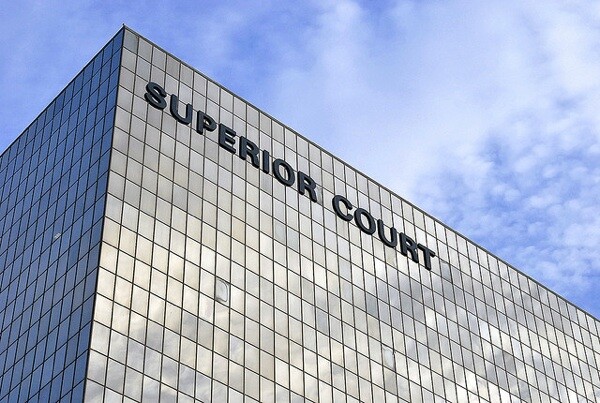Judicial Elections: Bad for Judges, Bad for the Public

It is almost election time again in Los Angeles. Angelenos will have the opportunity to vote on 16 candidates for six open judgeships in the Los Angeles Superior Court. And this is a bad idea.
Most members of the voting public know little to nothing about judicial candidates. This is not surprising. Judicial candidates cannot and do not campaign the way other candidates do. In addition, they are decidedly "down ballot" races, meaning fewer people pay attention to the candidates towards the end of the ballot.
Why is this a problem? Well, when the public has little information then each voter should take it upon herself to research that judicial candidate. That doesn't always happen. But when it does voters are heavily reliant on a few sources -- the Los Angeles County Bar Association, which rates candidates on a scale from exceptionally well qualified to not qualified, and the relatively few news outlets, which endorse candidates.
The more frightening (and all-too-likely) scenario occurs when voters do not look at the candidate ratings or newspaper endorsements. In that case voters are left to go only by what is on the ballot, which includes the candidate's name and a short description such as "gang prosecutor" or "environmental lawyer."
This gives too much weight to job descriptions and last names. Sitting Judge Lynn Olson, the so-called "Bagel Lady" because she owned a bagel shop instead of practicing law before running for office, may have known that when she successfully ran against 20-year veteran judge Dzintra Janavas. Challenger Kim Smith, an assistant city attorney, may have known that when he decided to run against sitting Judge Sanjay Kumar.
Voters are highly unlikely to agree to end judicial elections and put the power to decide the makeup of the judicial branch into the hands of an appointment committee. However, it is well worth considering.


